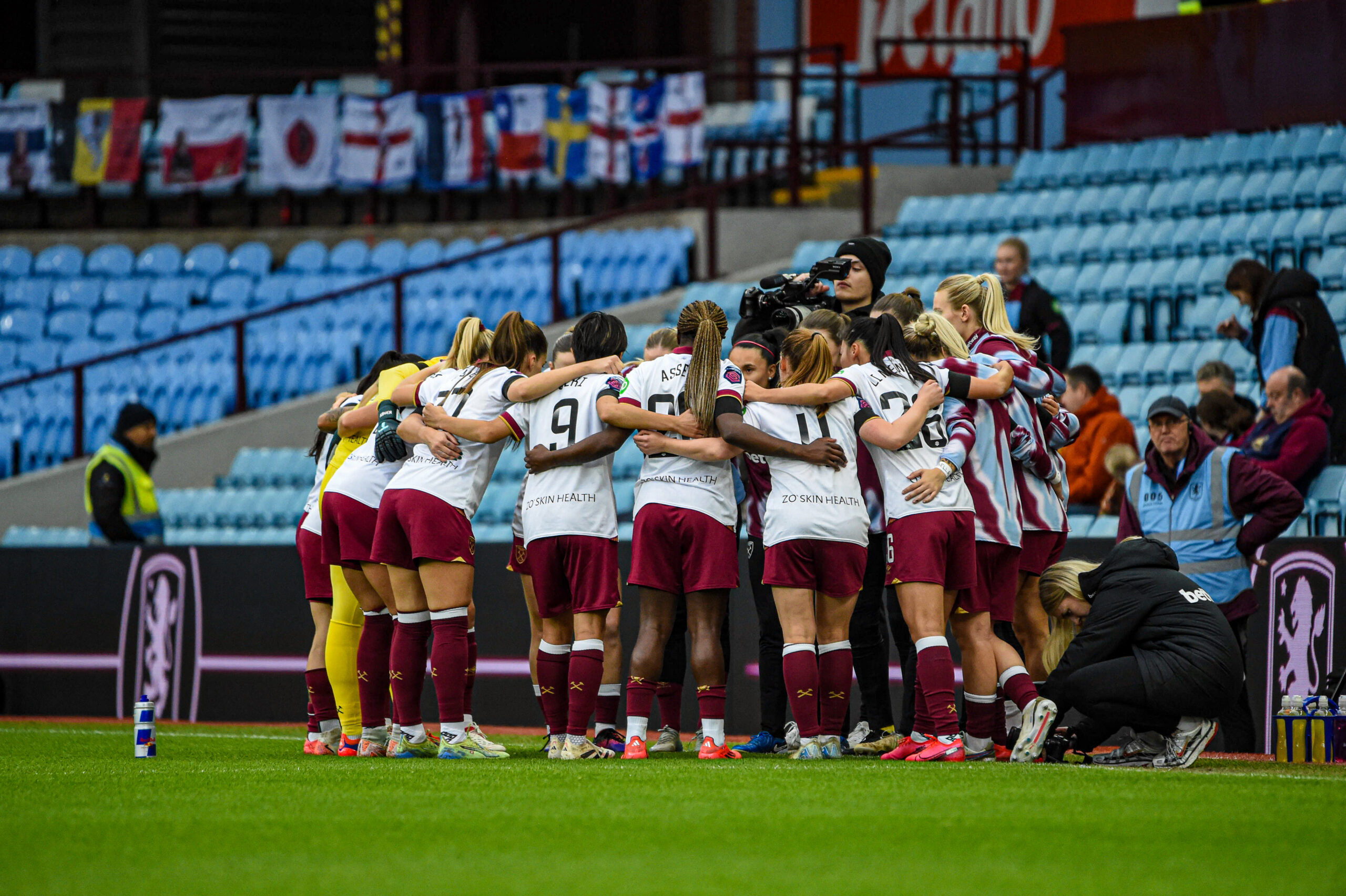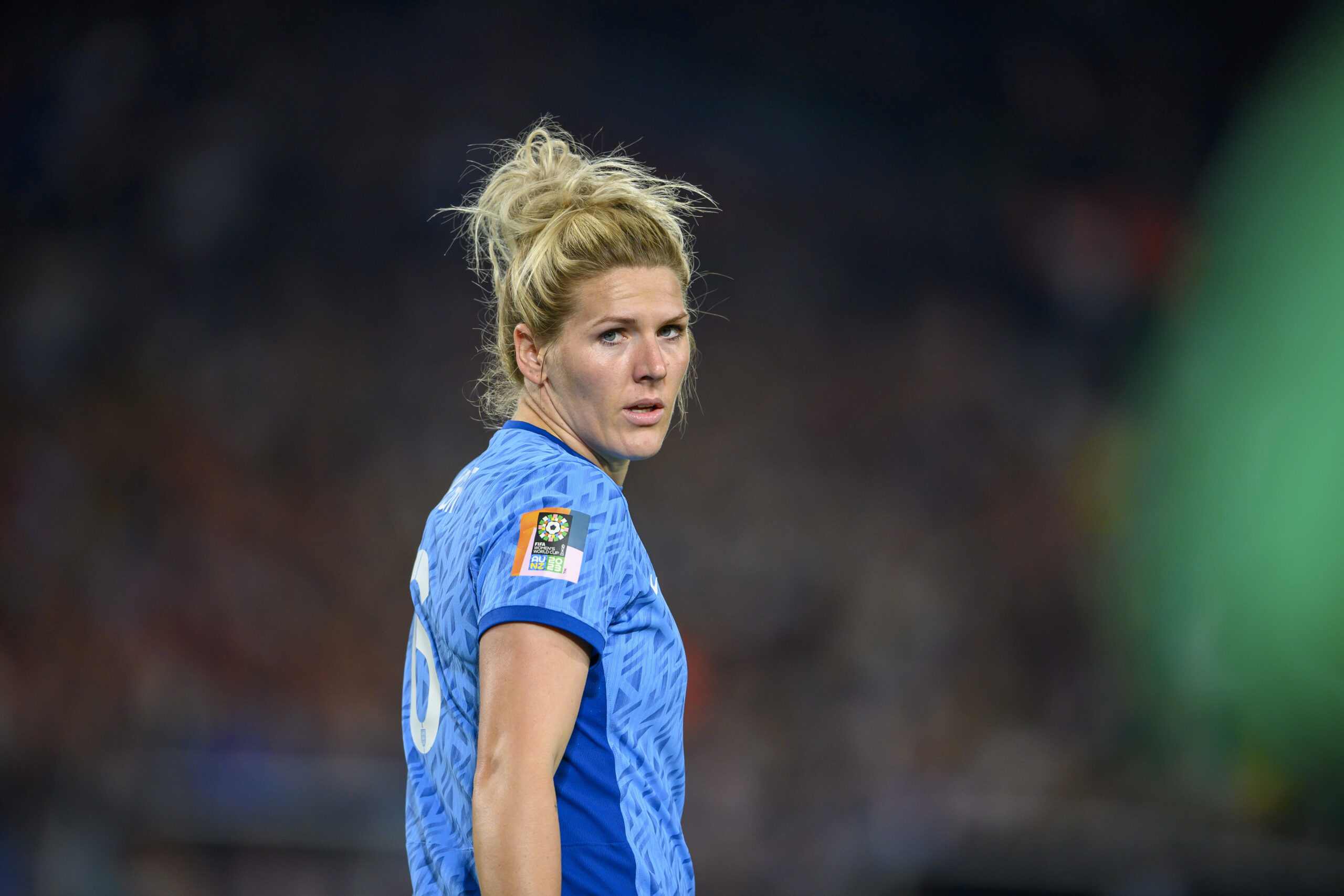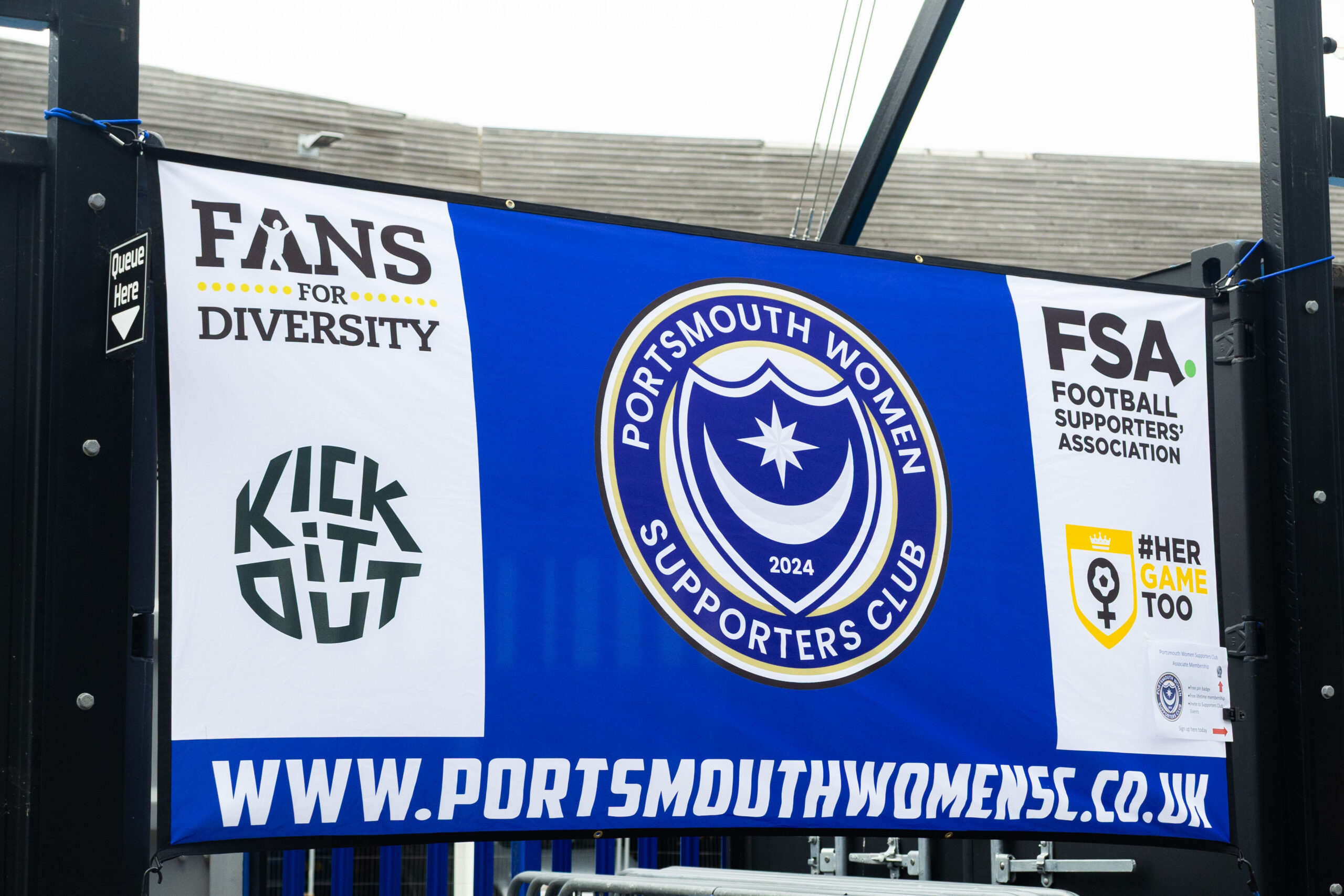On 8th October, West Ham faced Brighton at home in an important Women’s League Cup fixture that saw the Hammers secure a 2-1 win with goals from Seraina Piubel and Shekiera Martinez.
But one of the most notable aspects of the evening wasn’t just the scoreline – it was West Ham’s decision to livestream the match on both YouTube and TikTok.
Women’s football fans are no stranger to YouTube as a streaming platform for games. In 2024, the app replaced the FA Player as the main streaming service for the Women’s Super League (WSL), with the move dubbed a “landmark moment” for the accessibility of women’s football. But West Ham’s use of TikTok, with its vast usership and visibility possibilities, could take that accessibility one step further.
The women’s game has already benefited immensely from free-to-air matches, making it easier for fans to follow their teams and watch every game, regardless of whether it’s aired on television or if they have a paid subscription to a streaming service. Livestreaming on free apps like YouTube and TikTok not only removes monetary barriers but also enhances engagement and expands visibility – particularly to younger audiences who are increasingly online and consume content differently to previous generations.
West Ham’s move to the video-sharing app TikTok signals that the women’s game is continuing to lead the way in accessible and community-driven sport. TikTok’s in-app livestreaming features allow fans to watch, react, and comment on games in real-time, interacting with each other and sometimes the club itself.
This also aids in the creation of regular, reliable communities for viewers and fans to gather. TikTok also tends to promote its livestreams to a wider audience, increasing the potential for clubs to attract new viewers beyond their traditional fanbase.
Women’s football has long been recognised for its inclusive, welcoming culture, which has arguably been strengthened by the intimacy and interactivity of its online spaces. In the absence of mainstream coverage, these spaces have offered a platform for the game to grow and a sense of community to all kinds of fans.
West Ham’s embrace of social media, particularly its use of apps like TikTok to livestream games and deepen connection between clubs, players, and supporters, reflects how digital engagement will remain central to the continued growth of and accessibility of the women’s game.



